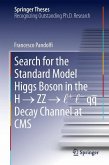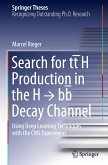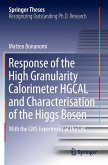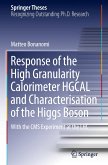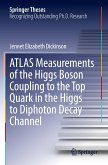This thesis presents innovative contributions to the CMS experiment in the new trigger system for the restart of the LHC collisions in Run II, as well as original analysis methods and important results that led to official publications of the Collaboration.
The author's novel reconstruction algorithms, deployed on the Field-Programmable Gate Arrays of the new CMS trigger architecture, have brought a gain of over a factor 2 in efficiency for the identification of tau leptons, with a very significant impact on important H boson measurements, such as its decays to tau lepton pairs and the search for H boson pair production.
He also describes a novel analysis of HH bb tautau, a high priority physics topic in a difficult channel. The original strategy, optimisation of event categories, and the control of the background have made the result one of the most sensitive concerning the self-coupling of the Higgs boson among all possible channels at the LHC.
The author's novel reconstruction algorithms, deployed on the Field-Programmable Gate Arrays of the new CMS trigger architecture, have brought a gain of over a factor 2 in efficiency for the identification of tau leptons, with a very significant impact on important H boson measurements, such as its decays to tau lepton pairs and the search for H boson pair production.
He also describes a novel analysis of HH bb tautau, a high priority physics topic in a difficult channel. The original strategy, optimisation of event categories, and the control of the background have made the result one of the most sensitive concerning the self-coupling of the Higgs boson among all possible channels at the LHC.


